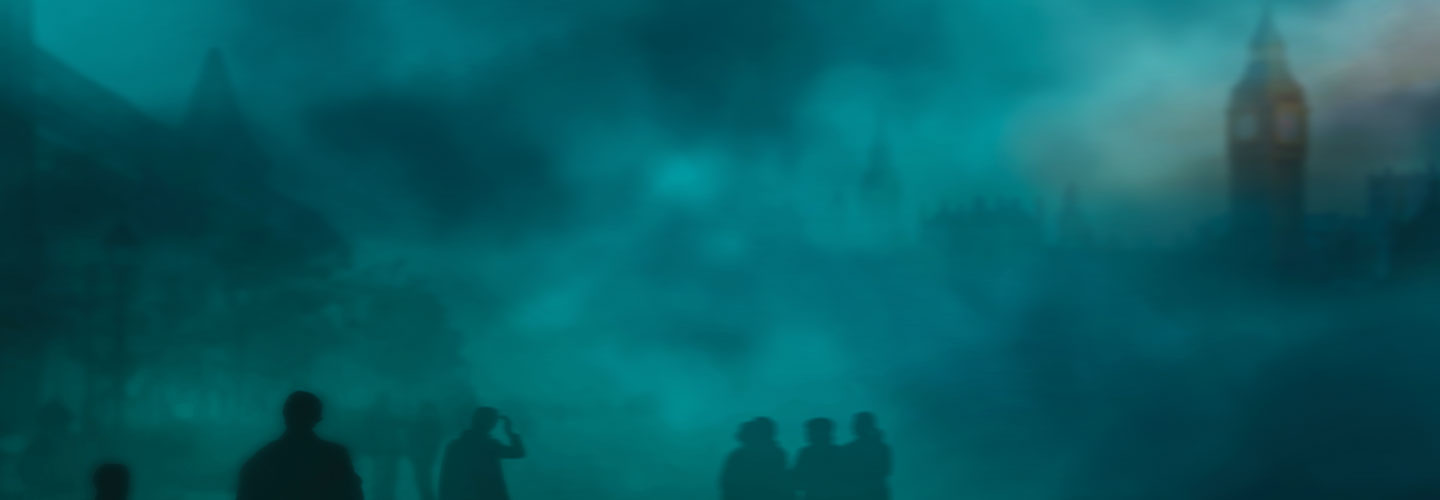Jim McMahon/Mapman ®
Like so many terrible things, the dark cloud seemed to appear out of nowhere. It swept over London, England. It brought fear and death. It would kill 12,000 people.
This was not a monster from a nightmare. It was not a tornado or an alien spaceship.
This killer was air—a huge cloud of poisonous air. For five days, it covered London, causing panic and death. It became known as the Killer Smog of 1952. And it is one of the deadliest environmental disasters in history.
Like many bad things, the dark cloud seemed to come out of nowhere. It swept over London, England. It brought fear and death. It would kill 12,000 people.
This was not a monster from a nightmare.
It was not a tornado or an alien spaceship.
This killer was air—a huge cloud of poisonous air. For five days, it covered London. It became known as the Killer Smog of 1952. And it is one of the deadliest environmental disasters in history.
Like so many terrible things, the dark cloud seemed to appear out of nowhere. It swept over London, England, bringing fear and death. It would kill 12,000 people.
This was not a monster from a nightmare.
It was not a tornado or an alien spaceship.
This killer was air—an enormous cloud of poisonous air. For five days, it covered London, causing panic and death. It became known as the Killer Smog of 1952, and it is one of the deadliest environmental disasters in history.

